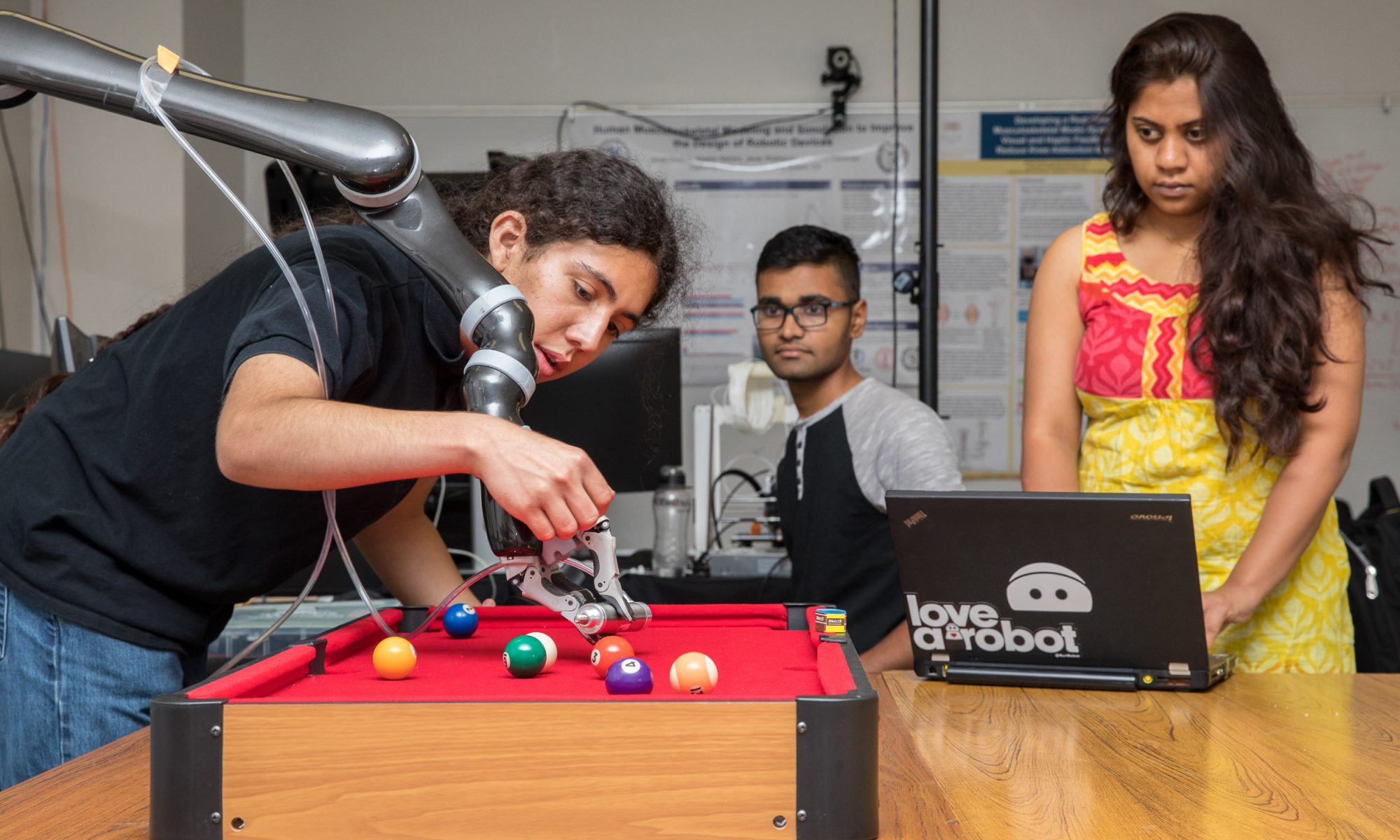
Have you ever wondered how boomerangs fly? John Vassberg has. One of Boeing’s top aerodynamicists, Vassberg was at CSULB Friday to deliver one his most popular lectures—one that delves into the aerodynamic capabilities of a hunting tool developed by Aboriginal Australians thousands of years ago.
“It’s turned out to be a cult classic,” said Vassberg, who has given the talk in Paris and Brussels and at Caltech and University of Southern California. “Maybe I’ll teach you something so you’ll have something to do over the weekend,” he told faculty and students at the Spring Technical Seminar.
Now Technical Lead and Chief Aerodynamicist of Boeing Commercial Airplanes’ Advanced Concepts Design Center in Southern California, Vassberg did the research back in 2012 when he was asked to present at an American Institute of Aeronautics and Astronautics (AIAA) conference.
Vassberg said the research was fun—and also yielded his Blade Element Theory. “Even though it’s offbeat and strange, I put some mathematical thought into it,” he said. “I pop out some really nice little equations.”
To understand boomerangs’ complex aerodynamics, he used Euler Angles and Equations of Motion. He coupled Blade Theory with a gyroscope model for rudimentary analyses. The approach generated significant findings regarding the radius of a boomerang’s circular flight path, the required inclination angle of its axis-of-rotation, its trim state, as well as its dynamic stability.
These discoveries provided a basic understanding of how the interplay between aerodynamic forces and moments, and gyroscopic precession combine to return the boomerang to its rightful owner by way of a circular flight path.
Aborigines used naturally curved mangrove wood to make their boomerangs, a variation of the hunting sticks used by many primitive people. One side of a boomerang is flat and the other side curved. “There’s all kinds of fancy designs,” said Vassberg, “but they all come back at you.”
Vassberg is a Boeing Technical Fellow, an AIAA Fellow, and recipient of the AIAA Aerodynamics Award in 2012 and the International Cooperation Award in 2017.
Prior to his current position, he was Chief Aerodynamicist of Boeing’s Research & Technology organization, and Principal Investigator of the Advanced Joint Air Combat System (AJACS), Speed-Agile Configuration Development (SACD) and Over-Wing Nacelle (OWN) programs. The SACD Program received the 2013 Aviation Week Laureate Award in Aero and Propulsion.
Dr. Vassberg received his PhD from the University of Southern California in 1992, and his MS and BS from Texas A&M University in 1981 and 1980, respectively, all in Aerospace Engineering.

